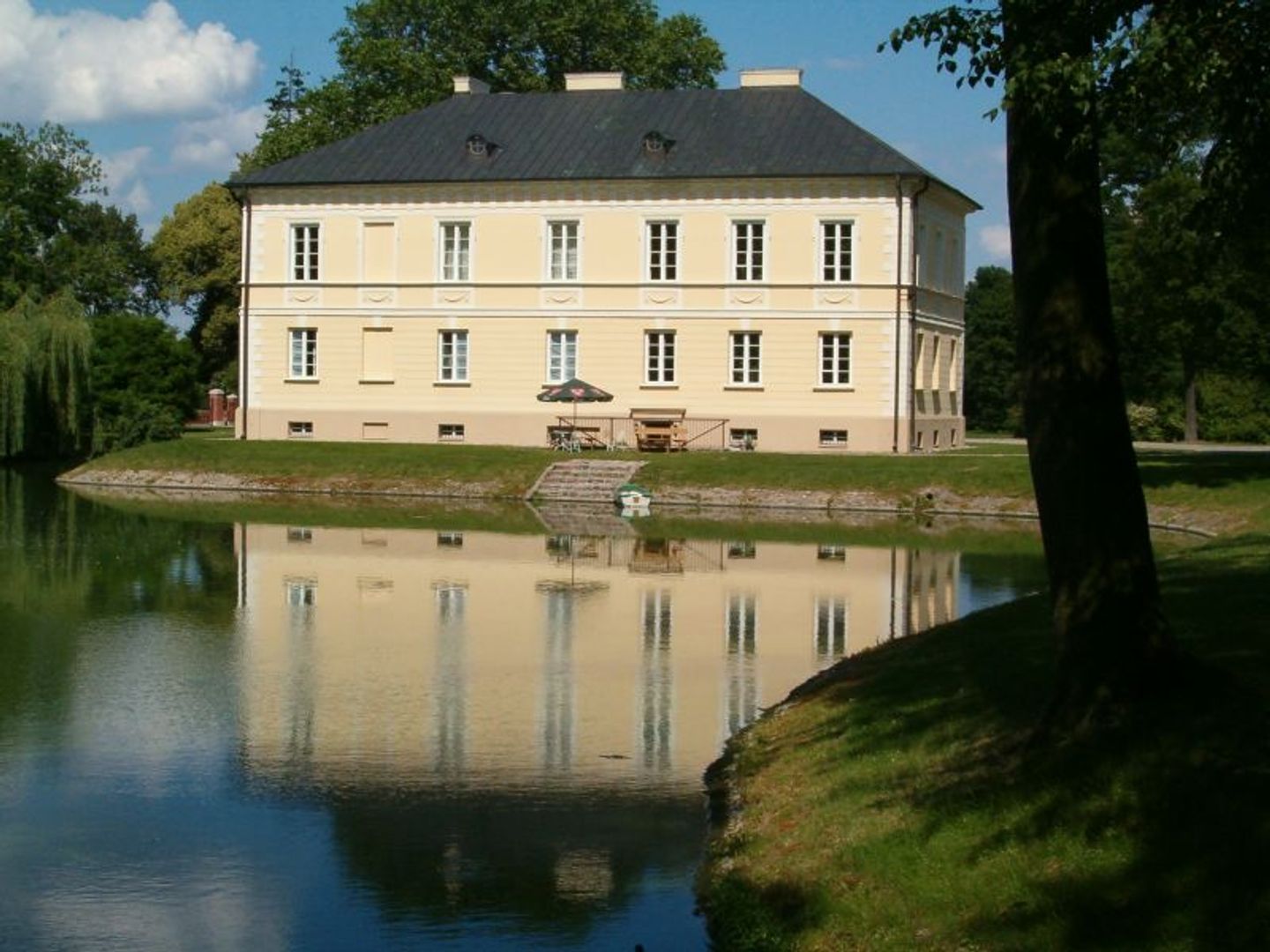Dobrzyca Palace
8.33

Overview
The Dobrzyca Palace is a classicist residence built between 1798 and 1799, designed by Stanisław Zawadzki for General Augustyn Gorzeński, an aide-de-camp to King Stanisław August. The palace and park complex is situated within a picturesque landscape park with English-style features and has held the status of a Historic Monument since 2019. The palace houses the Museum of the Landed Gentry, which opened in 2005 and is currently directed by Wiesław Kaczmarek. The history of Dobrzyca dates back to 1327, when the locality was first mentioned in documents. In the 15th century, a wooden manor was built, which was later transformed into a brick structure by the Dobrzycki family. In 1717, the estate was acquired by Aleksander Gorzeński, who was associated with the Church and pursued a clerical career. After his death, the property was passed to his son Antoni, who in turn sold it to Augustyn Gorzeński, a highly active politician who held many important positions in the Polish-Lithuanian Commonwealth. It was during his tenure that the palace was rebuilt in the classicist style. After his childless death in 1816, the estate passed into the hands of the Turno family, followed by the Kottwitz and Bandelow families, who made certain alterations to the palace. In 1890, the estate returned to Polish owners, Count Zygmunt Czarnecki, and later his son Józef, who engaged in the development of the region. The period of World War II brought destruction, as the estate was used by the Germans as an assembly point and grain storage, leading to further devastation. After the war, the palace changed users and purposes until it finally gained a new function as a museum. An interesting fact is that the palace interiors feature extraordinary paintings by Antoni Smuglewicz and rich stucco decorations. In the palace park grows a plane tree considered one of the oldest trees in Poland. The Dobrzyca Palace is not only an example of Baroque-classicist architecture but also a testament to the rich history of the Polish landed gentry, as well as a place of numerous legends and stories, including those about ghosts associated with the residence, further emphasizing its unique character.
Location
2025 Wizytor | All Rights Reserved